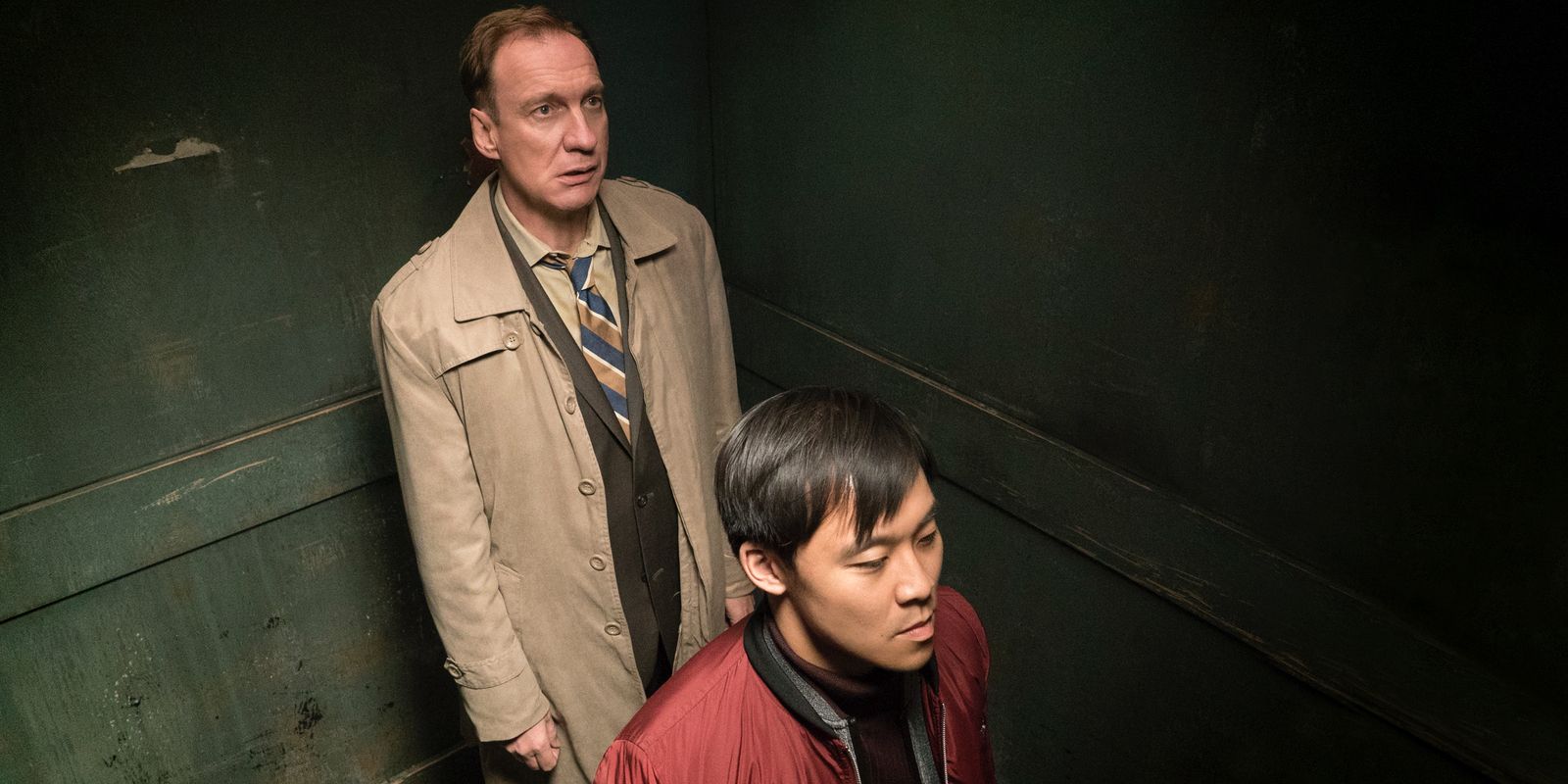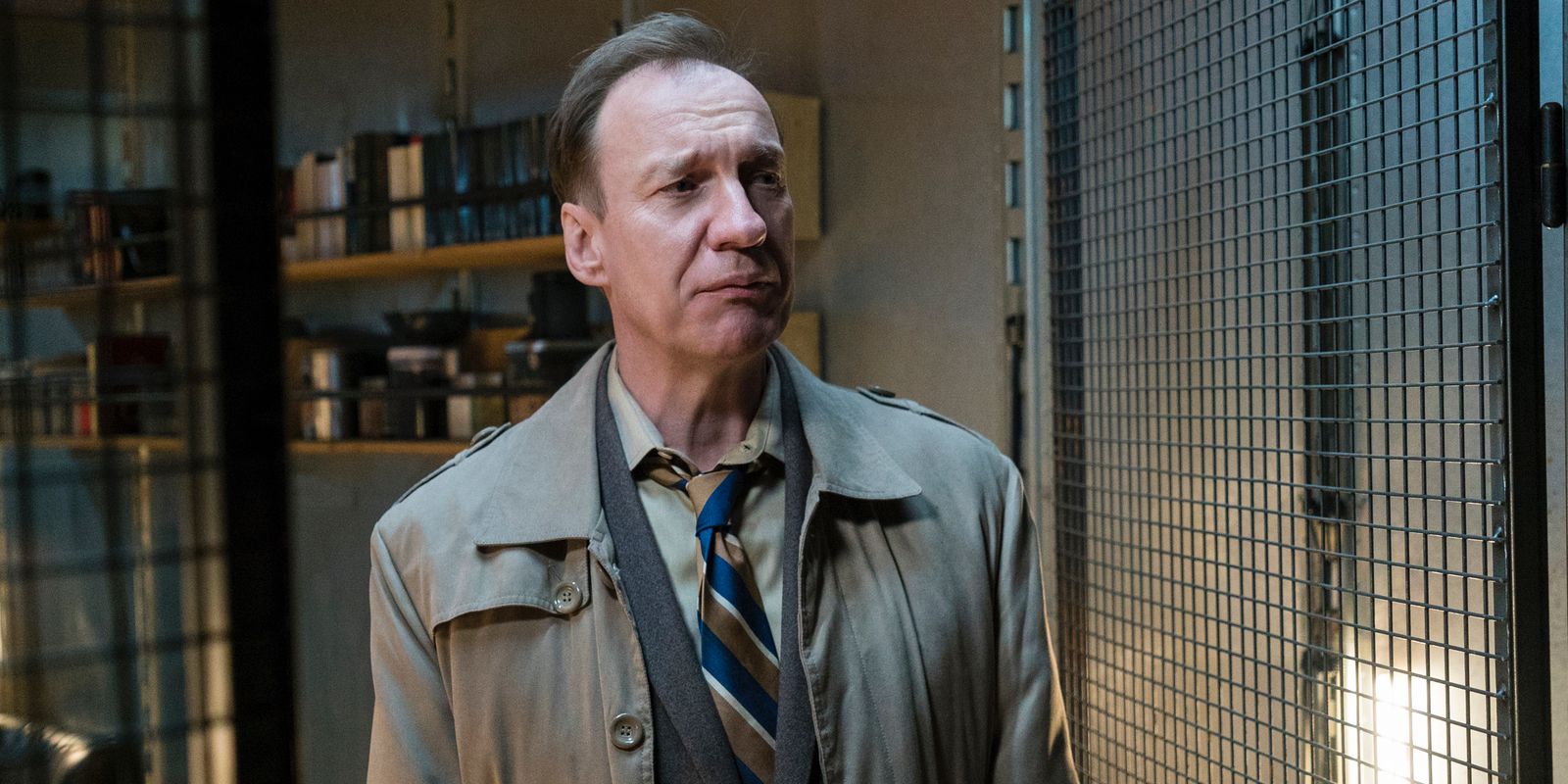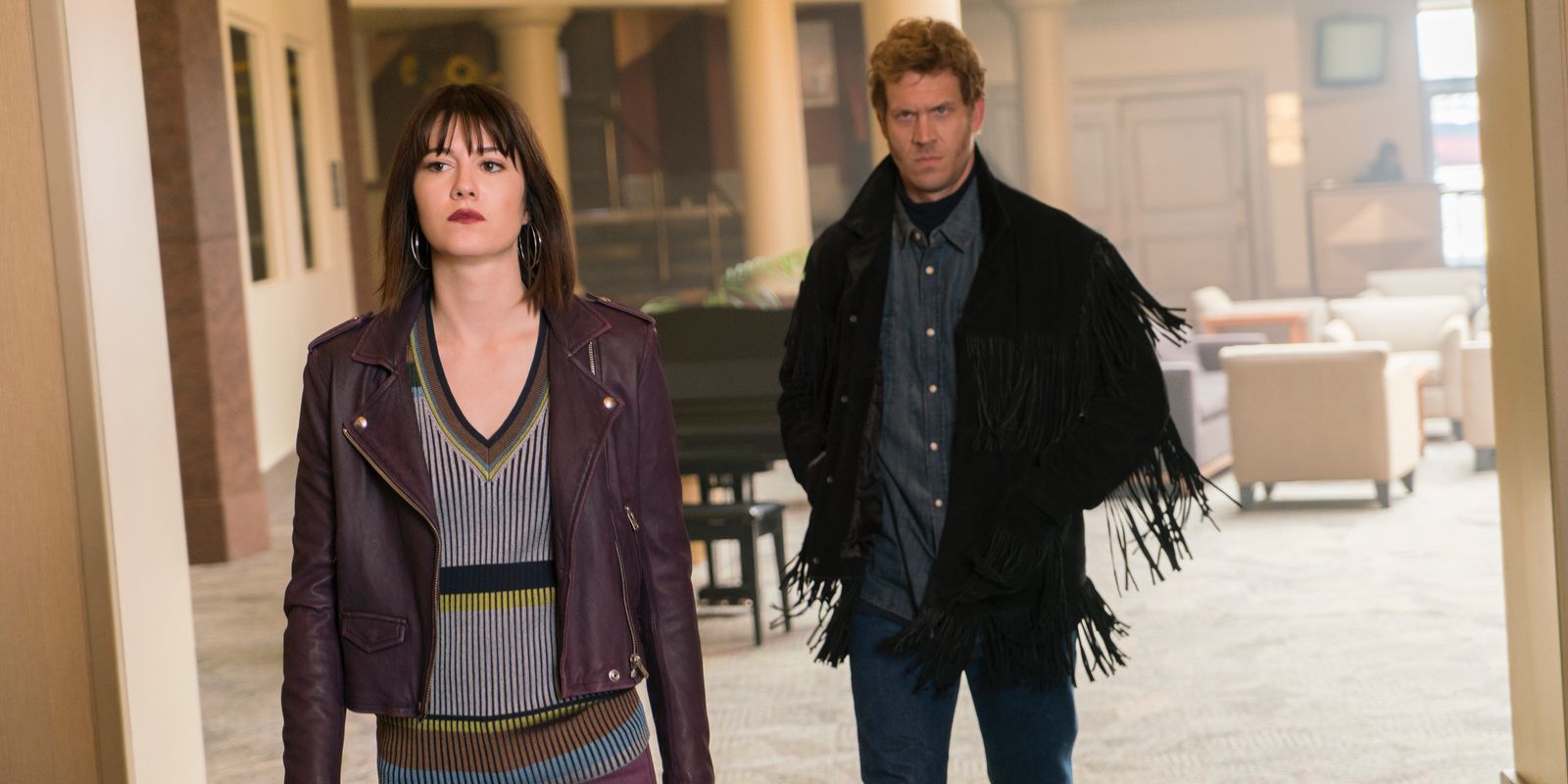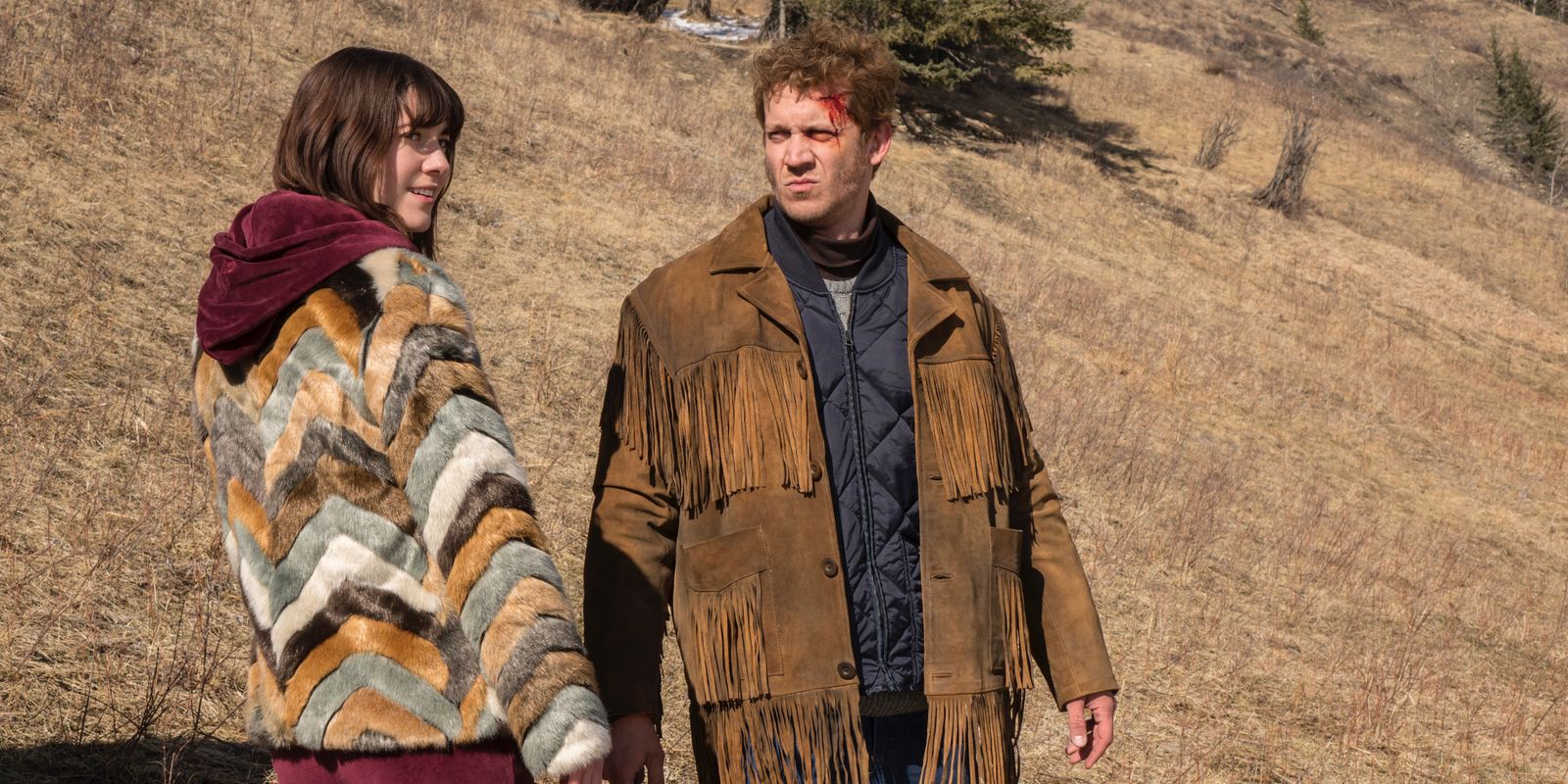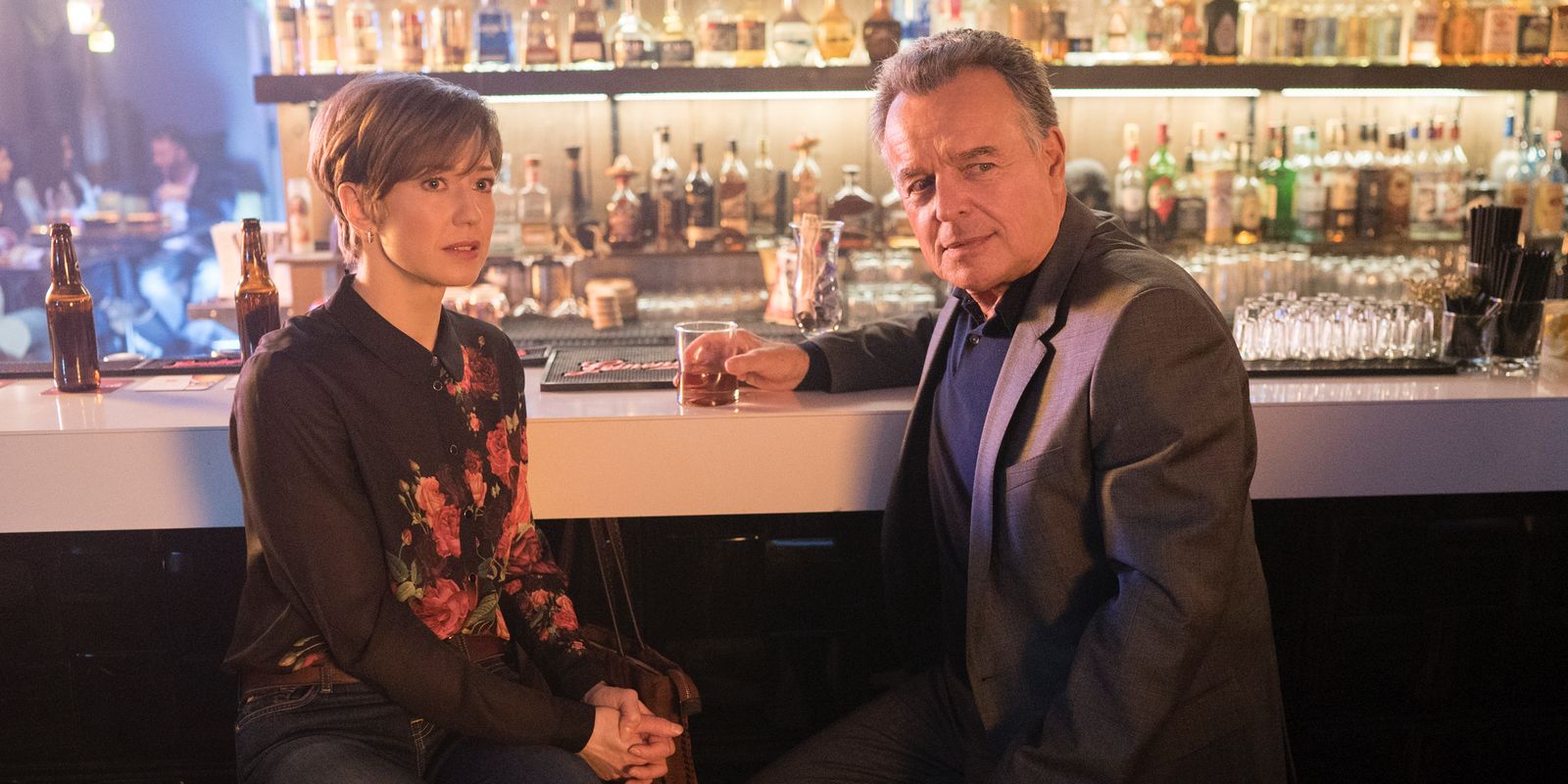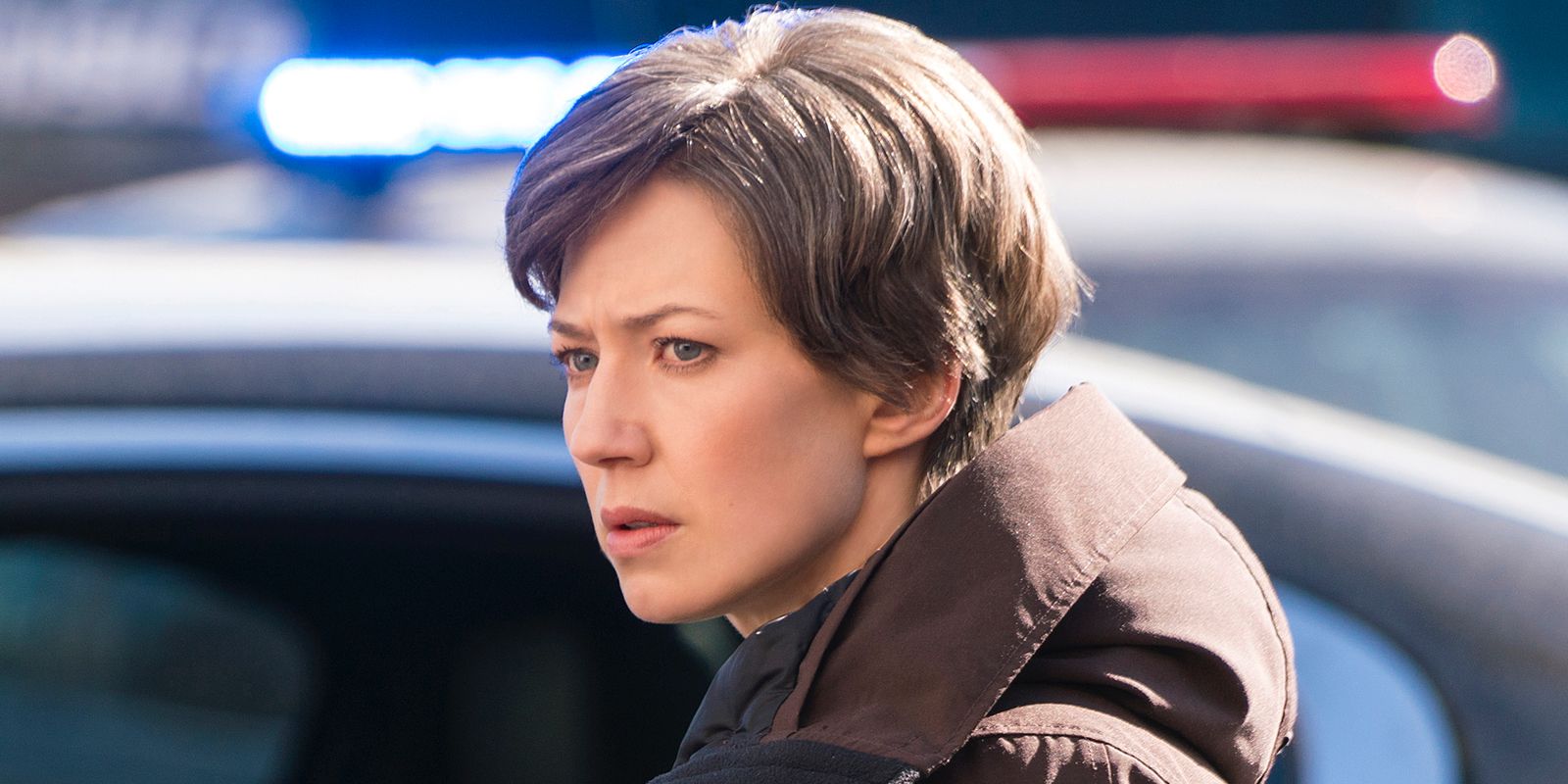The third season of FX's Fargo just wrapped. Whether you thought the latest installment of Noah Hawley's quirky Midwestern crime series was the best yet or that the homespun folksiness felt like it was worn too thin, the past 10 episodes still had plenty of to offer. Season 3 was a star-studded affair, so much so that it handed two roles to Ewan McGregor (and twice the McGregor is not a deal anyone wants to pass up), as well as roles for TV MVP Carrie Coon, Mary Elizabeth Winstead, Michael Stuhlbarg, David Thewlis (who, like Coon, is also having something of a moment in 2017), and even Ray Wise and Mary McDonnell.
But as the season wound down, it became clear that the eccentric story of Emmit and Ray Stussy, Gloria Burgle, Nikki Swango, and the nefarious intrusion of the devilish V.M. Varga was familiar. It again boiled down to the question of: How do you make sense of a world that no longer seems to have any rules? More so than seasons 1 and 2, however, Fargo season 3 took place in the aftermath of a world gone mad. The story of the Solversons (Lou and Molly, that is) was about stemming the tide of madness whereas season 3, as it gradually revealed itself to be about how two radically different people, Gloria Burgle and Nikki Swango, was largely about trying to set things right after they had already gone horribly wrong.
In that sense, the finale was focused on a balancing of the cosmic scales with bloody retribution and a sly nod that the rusty wheels of justice might still turn. With that, let's take a look at Fargo season 3 and all its various agents of chaos and order.
Varga Is Disorder Personified
It wouldn't be a season of Fargo without a vaguely satanic figure promoting chaos by first whispering into the ears of mild-mannered men of the Midwest. Season 2 sort of spread this character out amongst the various members of the Gerhardt clan, Bokeem Woodbine's Mike Milligan, and Zahn McClarnon's Hanzee Dent. Here, Thewlis' hot-toothed devil V.M. Varga is more like an update to Billy Bob Thornton's Lorne Malvo. The only difference is Malvo operated almost entirely in the margins of society, whereas Varga has assumed the persona of a transparent member of middle management. He's the place where the buck most certainly does not stop.
But whereas Malvo was an animal-like killer driven by a need to seek out prey and the joy of the hunt, Varga is a little more abstract. He's the gaping maw of capitalism, shoveling in everything he can get his greedy hands on and then purging the excess once he's experienced the pleasure of consumption. Varga is also the series' most evident agent of disorder; he exists in a state as messy as the one he creates, illustrated by both his deliberately unsophisticated attire (a clever act of concealment, as far as he's concerned) and a set of rotting teeth that may as well be his calling card. Given all that, it's no surprise that it would take the combined – though not necessarily cooperative – efforts of Gloria and Nikki to challenge him.
Nikki Swango's Vengeance
From the get-go Mary Elizabeth Winstead's Nikki Swango was presented as an agent of chaos, but one who understood and played largely within a certain set of rules. We know she'd been incarcerated at one point, so she knows accountability – which, for all we know about him, presumably distances her from Varga a great deal. Having been made to answer for her actions, Nikki is in the unique position of making Varga pay for his. Because she straddles the line between lawful and lawless, Nikki can do what Gloria cannot: move against Varga without any red tape or dunderheads like Moe Dammick (Shea Whigham).
In the end, Nikki doesn't get Varga, Gloria does – well, maybe. But she does strike a mighty blow against his criminal enterprise, and reminds him that although he's thrived by thinking the rules don't apply to him, there are some rules that even the devil can't find the loophole in.
Nikki might go down as the season's most surprising character, as what began as a Bridge-playing ex-con morphed into one of this show's most entertaining and fascinating players. Becoming the person who wiped out Varga was a role that fit her like a glove, but that didn't happen and instead her story ended in a shootout with a cop who was, like so many cops in Fargo (and Coen brothers movies) simply in the wrong place at the wrong time. Given the blood that was on her hands, it would have been a little too blue sky for her to take out Emmit and live out the rest of her life. The show has an undercurrent of tragedy, and unfortunately that meant Nikki's time was ultimately cut short.
Mr. Wrench Is on A Different Path
Mr. Wrench, the hitman from season 1 who was partnered with Adam Goldberg's Mr. Numbers, and appeared briefly in season 2 as a boy, is an unlikely choice to tie the series' three seasons together. But as obsessive as Fargo is in terms of connecting its dots within each season, Mr. Wrench connects the dots of all three seasons; at least as far as a certain sprawling Midwest crime syndicate is concerned.
But there's more to Mr. Wrench's appearance here than simply making three seasons of Fargo feel linked, and it has to do with something Paul Marrane says when chatting with Nikki in the mystical bowling alley reminiscent of The Big Lebowski. Like the bowling alley, Paul appears when the two characters need him the most, and although they're both criminals – violent criminals at that – Paul saves their lives. He even gives them a VW Beetle to escape from a rampaging Yuri so they can plot their revenge on Varga. While Mr. Wrench repeatedly displays a knack for violence – separating Yuri from his left ear with a Hail Mary hatchet toss into some trees – Paul tells Nikki he's put in a good word for the hearing impaired heavy, and that certain people have been told he's on a better path.
After the self-storage facility shootout that nearly killed Varga, that path remains largely hidden for several years, until Mr. Wrench appears again in the Stussy kitchen. It's an ignoble end for Emmit that underlines the show's belief that the wicked will eventually be punished, but Emmit's end is made more interesting in that a semi-reformed underworld hitman is the one to help right the cosmic scales. It's been years since Varga fled and Nikki was killed on a highway, and apparently Emmit getting his family back together wasn't enough of a course correction to skirt the rules forever.
Ray Wise Hints that Old Rules Still Apply
Ray Wise's Paul Marrane isn't just the guy you want to be sitting next to on a plane from Minnesota to California; he's also a really good at running interference with weirdo cops played by Rob McElhenney, and, when it comes right down to it, he's there to help facilitate the distribution of God's vengeance, or in one instance, directly unleash it upon an unrepentant Cossack killer named Yuri.
In the series' most overtly mystical sequence, Paul Marrane hints that the wildfire-like chaos of the season isn't burning completely out of control; there are still forces around to help contain it. In a sense, Paul recruits Nikki and Mr. Wrench to help mete out a little biblical justice, sending them on their way with vengeance on their minds.
Though Paul doesn't appear in the season finale, his interactions with both Gloria and Nikki linger heavily over the events in the final hour. The bowling alley scene is in many ways the turning point of the season; it's when, after several episodes of watching Varga and his goons demonstrate how far removed from the rules of society they are, Fargo hints that the show's oft-repeated belief that the wicked will be punished and the good rewarded still holds true.
Cut to Black
Gotcha. That's pretty much what DHS agent Gloria Burgle's smile says when Varga predicts the identity of the individual yet to walk through the door of the interrogation room they're sitting in. Gloria's confident that she's finally caught her man. At the same time, though, Varga's confident the freedoms he's enjoyed will continue to serve his interests, rather than those in law enforcement. It's an ambiguous ending that thematically props up the rest of the season in a way that's different from Fargo years 1 and 2.
Those previous seasons left plenty of threads open, but for the most part ended their stories by largely righting an imbalance. For its part, season 3 cuts to black; it asks the audience to determine who will walk through that door, and if Varga's headed for a jail cell or back to Brussels. The shift is in keeping with the underlying theme of the season, in that the world is a far more bewildering place than it was in season 1 or season 2 (UFO included). As such, the philosophy of the show shifts from moral certainty to one of ambiguity. People like Varga have proven adept at transforming the truth and people's perception of reality into whatever benefits him the most. Varga is so good at it that the uncertainty of the season's ending becomes a fitting departure from the norm.
Next: Fargo Delivers A Chilly End With Its Strong Season 3 Finale
We will keep you updated on the future of Fargo as news is made available.
Photos: FX Networks

